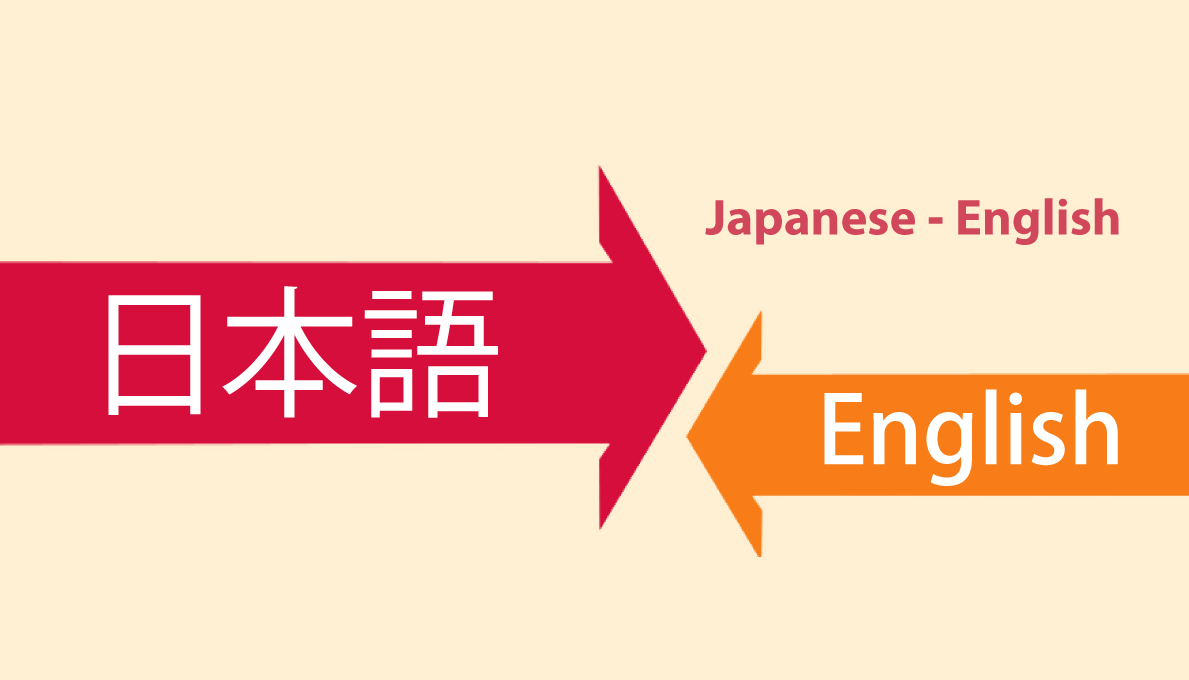In an increasingly interconnected world, video translation has become a crucial aspect of communication, enabling businesses to reach global audiences. However, the process of translating videos poses unique challenges, especially when it comes to preserving cultural nuances and contextual accuracy. With the advent of AI video translation, such as Japanese to English video translation, businesses now have a powerful tool, known as "video AI translate", to overcome these challenges. This article explores the benefits of AI video translation, emphasizing its advantages over traditional methods, with a focus on quality and speed.
Cultural Nuances in Video Translation
Video content often carries cultural nuances that are essential to convey the intended message accurately. Translating videos manually without a deep understanding of the target culture can result in the loss or misinterpretation of these nuances, leading to a diminished impact on the audience. AI video translation, such as Japanese to English video translation powered by AI algorithms, excels in understanding and preserving cultural nuances. Advanced machine learning techniques enable the algorithms to analyze the context, idiomatic expressions, and cultural subtleties, resulting in translations that resonate with the target audience and maintain the integrity of the original content.
Contextual Accuracy
Maintaining contextual accuracy is crucial in video translation. Without proper understanding of the context, translations may lack coherence and fail to convey the intended meaning. AI video translation surpasses traditional methods by leveraging its ability to comprehend and interpret context effectively. By analyzing the video content as a whole, AI algorithms can provide translations that accurately reflect the context, ensuring that the message remains intact across cultural and linguistic boundaries. This contextual accuracy enhances the overall viewer experience and fosters better communication between businesses and their global audiences.
Quality Enhancement through AI Video Translation
AI video translation offers significant advantages in terms of quality compared to traditional methods. The AI algorithms used in Japanese to English video translation, for instance, employ state-of-the-art machine learning techniques to deliver accurate and natural translations. These algorithms continuously learn from vast amounts of data, improving their translation capabilities over time. This iterative learning process ensures that the translations provided are of high quality, resonating with the target audience and effectively conveying the intended message. The enhanced quality of AI video translation leads to increased viewer engagement, improved brand perception, and ultimately, better business outcomes.
Speed and Efficiency
Traditional video translation methods can be time-consuming, especially when dealing with large volumes of content. AI video translation, on the other hand, offers unparalleled speed and efficiency. The Japanese to English video translation powered by AI algorithms can swiftly transcribe and translate videos, significantly reducing the time required for the translation process. This efficiency enables businesses to streamline their workflows, deliver translated content in a timely manner, and maintain a competitive edge in the fast-paced digital landscape. The faster turnaround times facilitated by AI video translation allow businesses to seize opportunities, engage global audiences promptly, and stay ahead of their competitors.
Human-AI Collaboration for Optimal Results
While AI video translation offers remarkable benefits, it is important to recognize the value of human expertise in the translation process. AI technology serves as a powerful tool that complements human translators' skills, enabling them to deliver higher quality translations efficiently. The collaboration between humans and AI in video translation allows for a comprehensive approach that combines the strengths of both. Human translators provide the necessary cultural and linguistic expertise, while AI algorithms enhance the speed, accuracy, and consistency of translations. This synergy ensures that the final output meets the highest standards of quality and captures the essence of the original video content effectively.
Conclusion
AI video translation, exemplified by Japanese to English video translation, has revolutionized the way businesses overcome challenges in translating videos. By leveraging advanced machine learning techniques, AI algorithms preserve cultural nuances, maintain contextual accuracy, and deliver high-quality translations. The speed and efficiency of AI video translation streamline the translation process, enabling businesses to connect with global audiences effectively. However, it is important to remember that human expertise remains invaluable in achieving optimal results. The collaborative efforts of humans and AI in video translation offer a comprehensive solution that meets the demands of a diverse and interconnected world. With AI video translation, businesses can confidently navigate the complexities of cultural nuances and contextual accuracy, opening up new opportunities for communication and engagement on a global scale.
